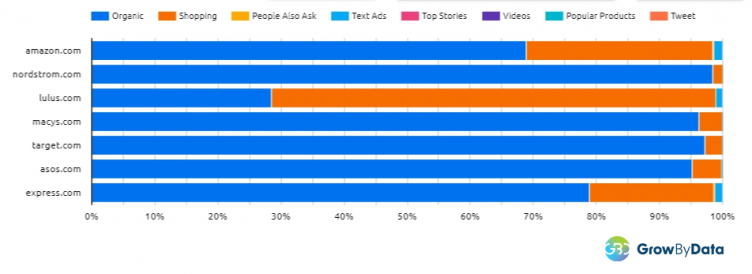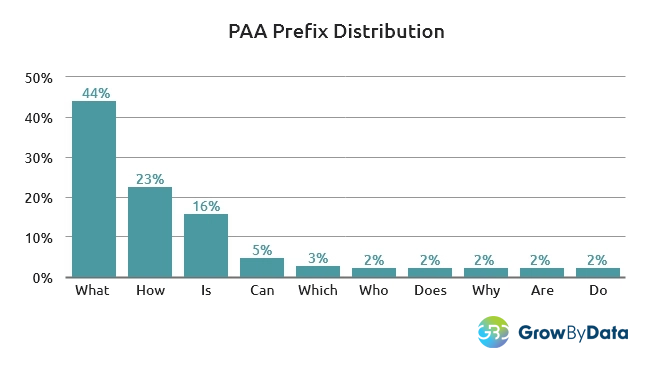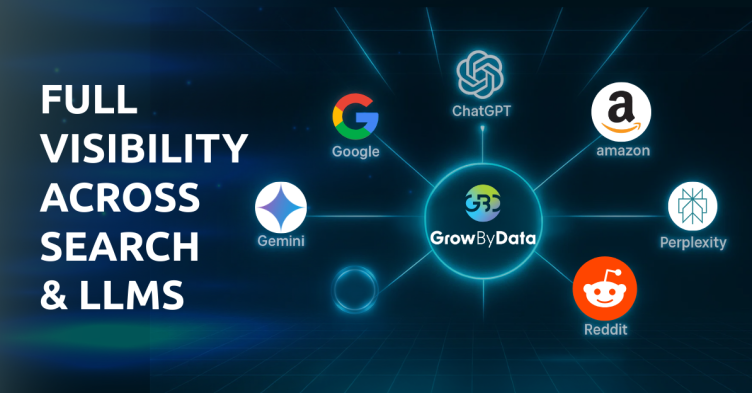Holistic Share of Voice (SOV) in Google refers to the ability to see your website’s total opportunities for users to get to your site after a search in Google. These opportunities to bring searchers to your site can be from organic listings or paid searches. Understanding holistic SOV allows you to make better investment and effort allocation decisions.
Holistic Share of Voice in Google = The number of times your domain appears in searches vs competitors, combining organic and paid placements.
In traditional advertising channels like TV, radio, newspaper, flyers, and hoarding boards, it is difficult to analyze and get information on the total SERP visibility of competitors in your industry.
Table of Contents:
- What is Online Share of Voice?
- What is Google Share of Voice?
- How to calculate weighted Google Share of Voice?
- Share of Voice in Paid Search?
- Share of Voice in SEO
- Calculation Factors for Weighted SOV
- Benefits of Google Share of Voice Calculation
- Tips to Improve Google SERP Share of Voice
- Conclusion
Online share of voice is a measure of your brand’s popularity or visibility across all online channels like search engines, social media, and other digital channels compared to your competitors. The aspects of measurement for Online Share of Voice across digital channels are:
1. Market Visibility and Brand Awareness
You need to understand your brand’s popularity in digital channels. This is a measure of the popularity of your brand that includes the calculation of your brand mentions on social media and the volume of searches your customers are doing on various Search Engines like Google and Bing. Such calculations help you understand your brand’s popularity in digital channels compared to your competitors.
2. Metrics that Define Inbound Search Visibility
The essence of online share of voice calculation is the ability to understand your brand’s products/services and have visibility on users’ search queries to find solutions to their problems across digital channels. Monitoring and comparing these metrics with your competitors gives you strategic marketing insights to understand your total online advertising visibility and the effectiveness of your paid and organic advertising strategies. It also helps you acknowledge the need for additional budget mobilization and optimization across the channel to get better online visibility than your competitors.
3. Search and Conversation Visibility
Accurately measuring the share of voice is difficult as it involves numerous digital channels like social media, search engines, etc., and several other dynamics like SEO, advertising, search volume, etc. In this article, we will take an example of Google Share of Voice to understand how to calculate the share of voice correctly. Also, it is the most popular digital platform covering 88% of the global search engine market. It is also an extremely complex platform with a lot of dynamics involved which helps you to know many aspects of accurate share of voice measurement.
Google Share of Voice is a dynamic measure of calculating your coverage compared to your competitors in its SERP. As mentioned above in the concept of online share of voice there are also two broad aspects of calculating Google Share of Voice.
1. Share of Search
Share of Search is the measurement of your market coverage for branded keywords. It is the measure of how many people are searching online for your brand compared to your competitors which indicates the popularity of your brand vs your competitor’s brand on Google.
2. Inbound Share of Voice
Inbound share of voice, also known as the non-branded share of voice, is the measurement of your market coverage on non-branded keywords. It measures your brand’s visibility compared to your competitors on Google for non-branded keywords targeted via paid and organic advertising.
Generally, Google Share of Voice is calculated based on your ad impression on the Google SERP. However, the major limitation of this simple approach is that it does not consider several important factors like paid and organic feature types, ad position in the SERP, search volume of the keyword, and estimated CPC.
Therefore, the concept of weighted share of voice is essential to measure your share of voice compared to competitors on Google. It is crucial to consider the type of SERP features, the kind of URL visibility you are getting with the keyword, the true position of the ads in the SERP, and possible click shares from that SERP.

Weighted Share of Voice can be defined as a dynamic metric to calculate the estimated click share of your ads compared to your competitors in the SERP across paid and organic search features.
As the boundary between Organic and Paid listings is getting blurred on Google, the calculation of Weighted SOV is important for a holistic search strategy. It is equally helpful for SEM and SEO managers to understand the Share of Voice in Paid Search and Organic features.
Share of Voice in Paid Search (PPC) is the measure of the SOV for the paid listings on the SERP and their position in the SERP impacting paid CTR. Weighted SOV lets you perform holistic calculations for paid SERP features – google text ads and google shopping ads.
Google Ads Share of Voice allows you to understand the tactics to win bids on keywords, evaluate the status of focused keywords, and the relevancy of competitors for your product or service. You can analyze your visibility compared to your competitors on details like the keyword’s display URLs, site links, prices, special offers, product ratings, and the number of reviews, google shopping ads annotations. Advertisers can understand their true rank by considering all the elements in the SERP and also analyze their ad position by Above-the-fold impressions or Below-fold impressions to evaluate the best bidding strategy.
Share of Voice in SEO is the measure of the SOV for the organic listings on the SERP and their position in the SERP impacting Organic CTR. It considers different SERP features like featured snippets, PAA (People Also Ask), Rich snippets, Knowledge Panel, Sitelinks, etc. Weighted SOV gives you insights into the URL visibility for keywords, keyword rankings, SERP layouts, and SERP ranking fluctuations.
With SEO intelligence, you can track the search rankings and the SERP features for important queries and focus on keywords you want to rank for to maximize Organic CTR.
Weighted SOV includes many factors for calculation that reflect the click share and estimated traffic share from the SERP. It also considers the true ranking in the SERP along with SOV strength.
The multiple factors that influence Google Share of Voice calculation are:
- Category Order – The order for these features changes depending on the search keywords. More than 50% of Google Searches end without a click to other content based on a study by Search Engine Land. This means that it is even more crucial to show up on SERP features like Featured Snippet, Knowledge Panel, Google Popular Products, etc. to increase visibility.
- Page Order – Page Order considers your overall position without looking at the SERP feature. i.e., if you show up in the first position of the organic search result, but the organic search result is below the five shopping ads, 2 text ads, and 3 People Also Asks then, your page order would be 11.
- Page number – This is just looking at what page you show up on the Google search. The first page of Google captures as much as 92% of search traffic clicks while the second page only gets 6% of the clicks. So, it is important to rank on the first page as showing up on the third page (even if you have all the links on that page) does not have many benefits.
- Search Volume of the Keyword – This is important because it shows you whether you are ranking on the right keywords (or the keywords that people are searching for). It is comparatively easier to improve your rankings if the search volume is lower, as it means that there is less competition for that keyword. So, the calculation should account for this and allocate the weight for the search volume of the keywords accordingly.
- SERP real state coverage – It calculates the number of possible organics and paid positions in a SERP of your brand. Increasing real estate on the SERP is extremely important for a brand’s digital ecosystem. Use SERP features like FAQ, featured snippets, and People Also Ask to increase your SERP real estate coverage. Learn about SERP real state coverage with GrowByData Market Pulse.
Before we go detail into Benefits of calculating share of voice, please check out GrowByData Webinar on Share of Voice.





